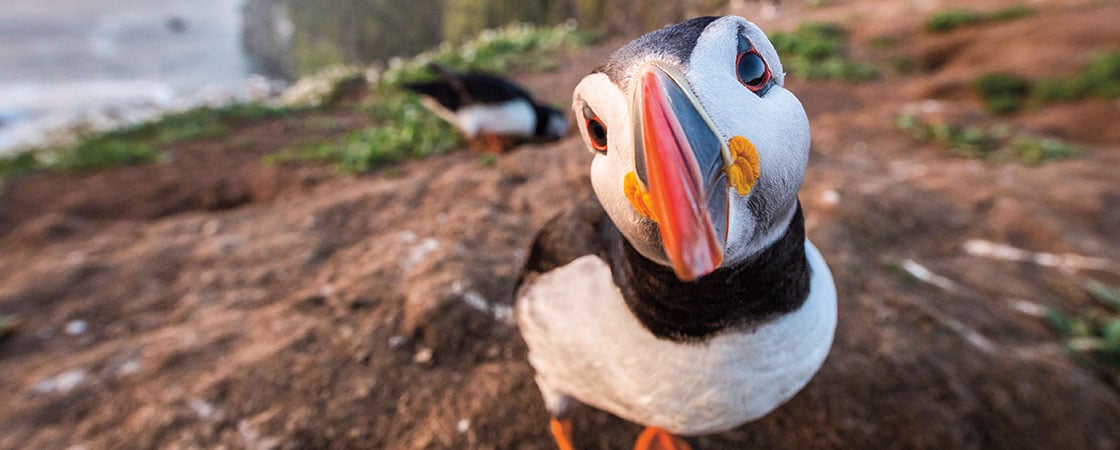On a cold and drizzly night in August 2019, Addison Browne, then 12, found herself in a parking lot in Witless Bay, a town in Newfoundland, Canada. She pointed her flashlight under a parked car, and there it was: a baby puffin, small and frightened and alone.
Addison pulled the bird out from under the car and placed it gently in a crate. She breathed a sigh of relief. The puffin chick, called a puffling, was now safe.
In the North Atlantic, pufflings are in peril. Because of light pollution, some become lost on their way to the sea. Many do not survive. As a member of a volunteer organization called the Puffin Patrol, Addison works to find stranded birds before it’s too late.

